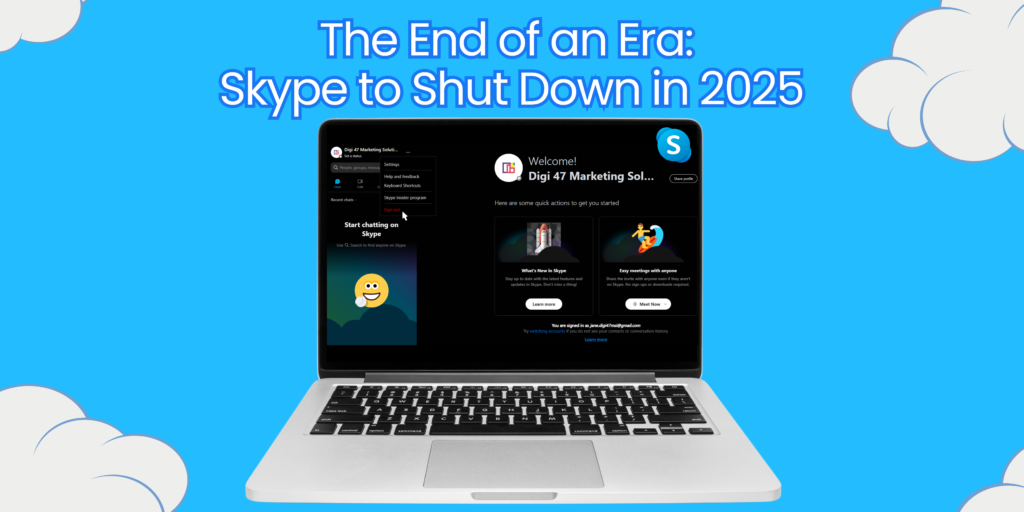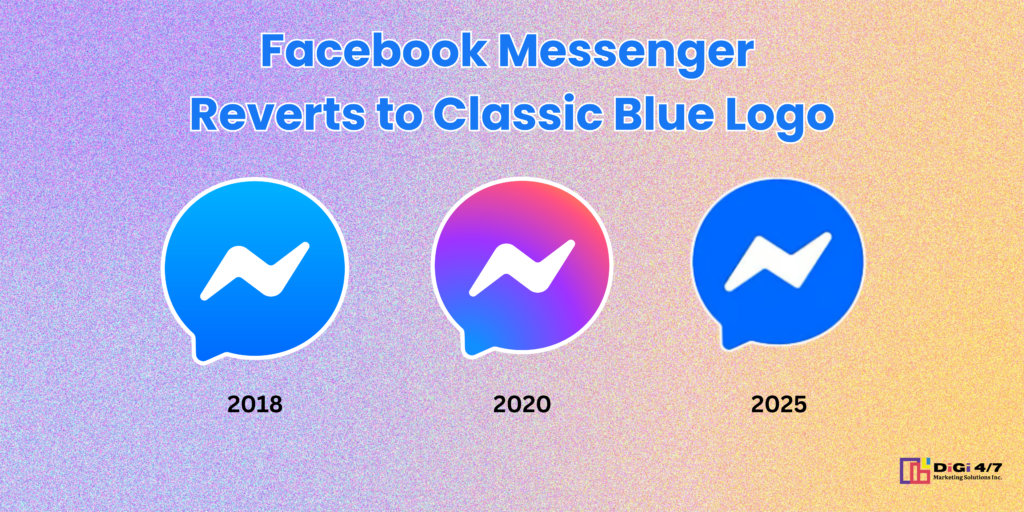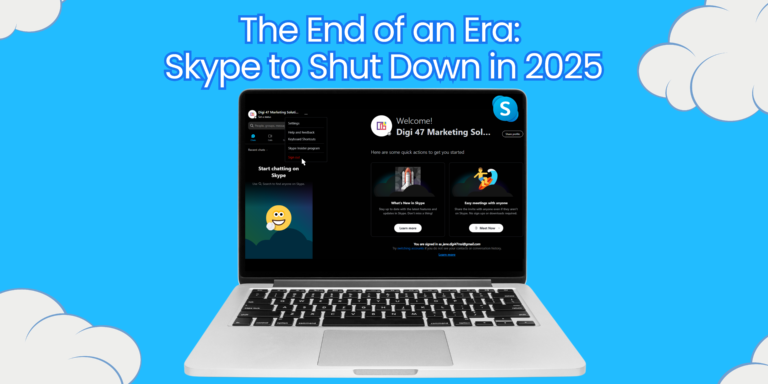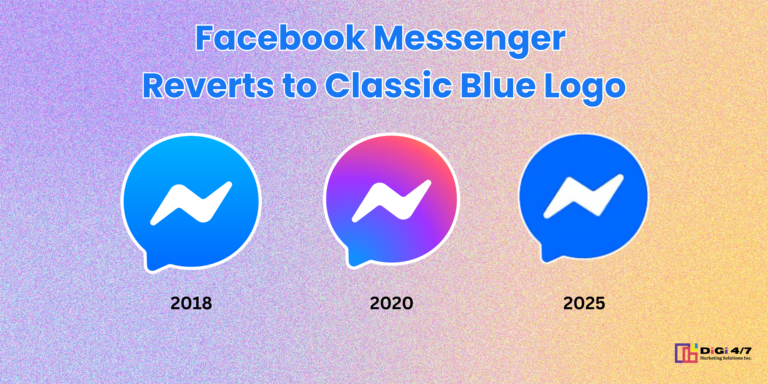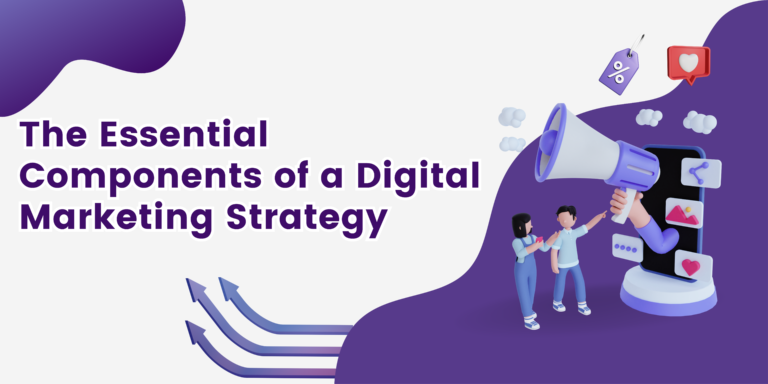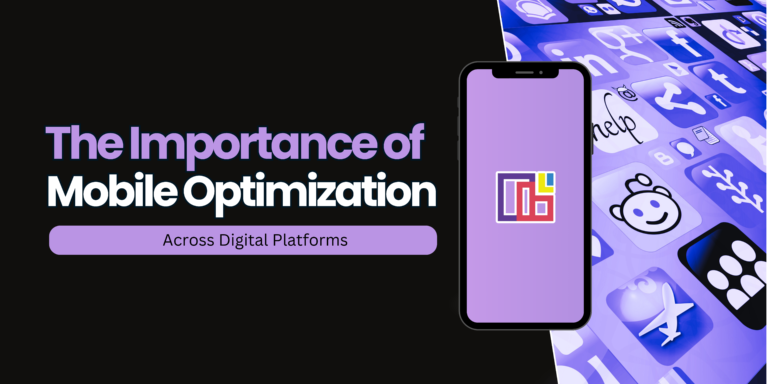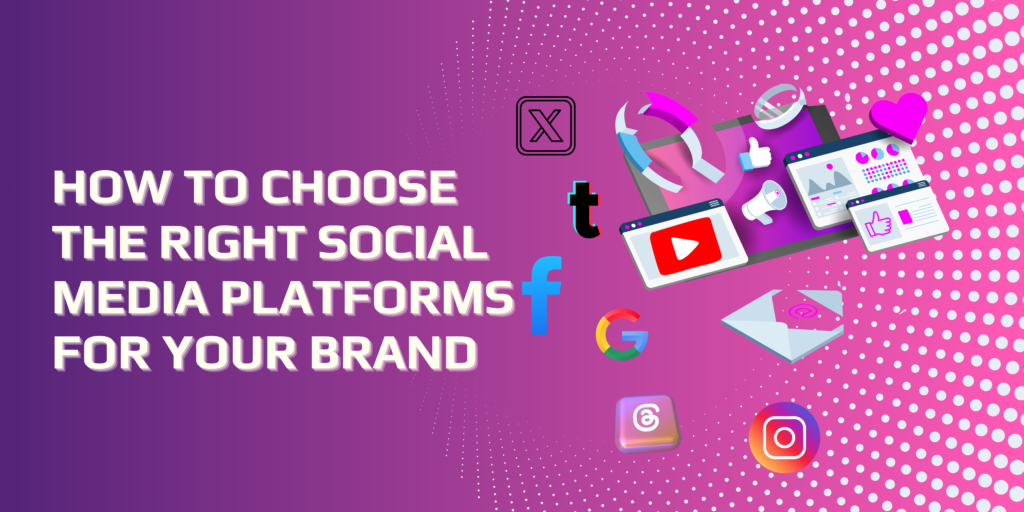
How to Choose the Right Social Media Platforms for Your Brand
In the digital age, social media has become an essential tool for brands to connect with their audiences, promote products, and build communities. However, with numerous platforms available, choosing the right ones for your brand can be challenging. By assessing your target audience, goals, and content type, you can make informed decisions that enhance your social media strategy.
1. Understand Your Target Audience
The first step in selecting the right social media platforms is understanding your target audience. Research demographics, interests, and online behaviors to determine where your ideal customers spend their time. For example, if your audience consists primarily of younger users, platforms like TikTok and Instagram may be more effective. Conversely, LinkedIn is ideal forB2B brands targeting professionals. Use surveys, analytics, and market research to gather insights about your audience.
2. Define Your Goals
Next, clarify your marketing goals. Are you aiming to increase brand awareness, drive traffic to your website, or boost sales? Different platforms excel in different areas. For instance, Instagram is great for visually showcasing products, while Twitter is effective forreal-time engagement and customer service. By aligning your platform choices with your specific goals, you can focus your efforts where they will have the most impact.
3. Analyze Platform Features
Each social media platform offers unique features that can influence your decision. Consider the following:
Content Format: Platforms like Instagram and TikTok prioritize visual content, while Facebook and LinkedIn support longer articles and videos. Choose platforms that align with the type of content you plan to create.
Advertising Options: If you plan to invest in paid advertising, evaluate the advertising capabilities of each platform .Facebook and Instagram offer robust targeting options, while LinkedIn provides access to a professional audience.
Engagement Tools: Some platforms provide better engagement tools than others. For example, Twitter’s threads and polls encourage interaction, while Instagram Stories offer real-time engagement opportunities.
4. Assess Your Resources
Consider your available resources, including time, budget, and team capacity. Each platform requires consistent content creation and engagement efforts. If your team is small, it may be more effective to focus on one or two platforms rather than spreading yourself too thin across multiple channels. Quality over quantity is key; it’s better to have a strong presence on a few platforms than a weak one on many.
5. Evaluate Competitor Presence
Analyzing your competitors can provide valuable insights into which platforms work best in your industry. Identify where your competitors are most active and successful. Observe their engagement rates, content types, and audience interactions. This analysis can help you identify gaps and opportunities, allowing you to tailor your approach to stand out in your niche.
6. Experiment and Adapt
After selecting your platforms, don’t be afraid to experiment. Launch campaigns on your chosen platforms and monitor their performance. Use analytics tools to track engagement, reach, and conversions. Try different content formats—such as videos, carousels, live streams, or interactive posts—to see what resonates best with your audience. Additionally, experiment with audience targeting options and posting times to optimize results. Based on the data, adapt your strategy as needed. If a platform isn’t delivering results, consider refining your approach or reallocating resources to higher-performing channels.
7. Stay Updated on Trends
Social media trends change rapidly, and staying informed is crucial. Regularly research emerging platforms and features to ensure your brand remains relevant. For example, new platforms like Clubhouse and emerging features on existing platforms can offer fresh opportunities for engagement. By keeping an eye on trends, you can pivot your strategy to capitalize on new opportunities.
Conclusion
Choosing the right social media platforms for your brand requires a thoughtful approach. By understanding your target audience, defining your goals, and analyzing platform features, you can make informed decisions that align with your overall marketing strategy. Assessing your resources and evaluating competitors will further enhance your choices. Remember to experiment and adapt based on performance, and stay updated on trends to keep your brand relevant. With the right platforms in place, you can effectively connect with your audience and achieve your marketing objectives.




